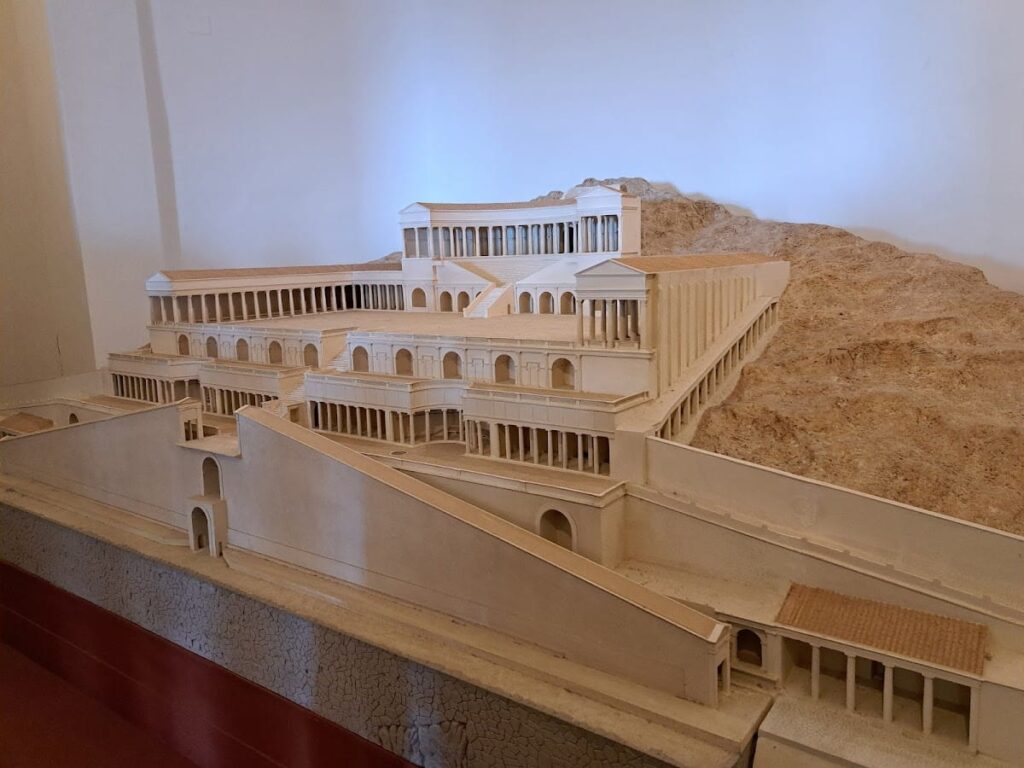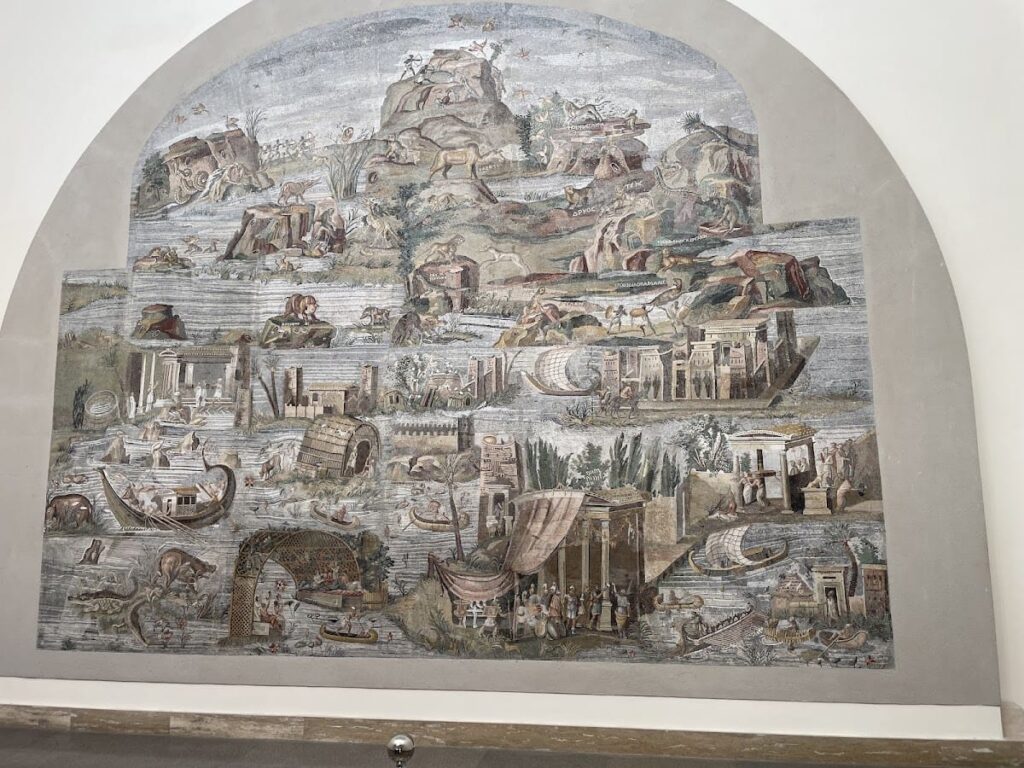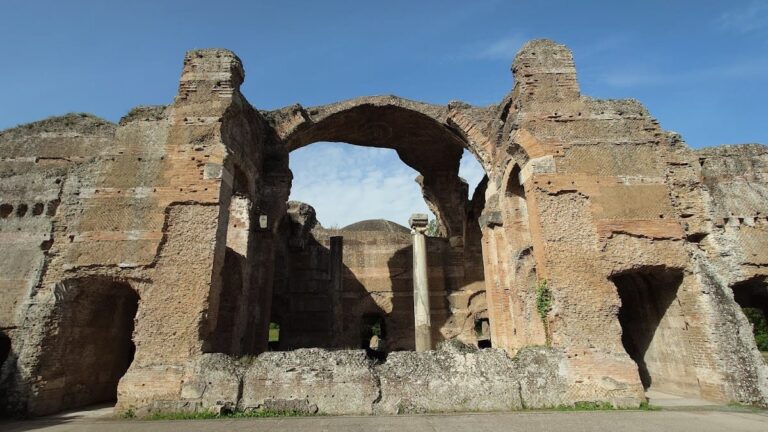National Archaeological Museum of Palestrina: Preserving the Legacy of Ancient Praeneste
Visitor Information
Google Rating: 4.7
Popularity: Low
Google Maps: View on Google Maps
Official Website: gabiipraeneste.cultura.gov.it
Country: Italy
Civilization: Roman
Remains: Museum
History
The National Archaeological Museum of Palestrina is located in the town of Palestrina, within the Metropolitan City of Rome, Italy. The site corresponds to ancient Praeneste, a city of the Roman Republic known for its religious significance. The museum occupies the Palazzo Colonna Barberini, situated on the upper terraces of the sanctuary dedicated to Fortuna Primigenia.
The sanctuary of Fortuna Primigenia dates back to the Roman Republic and was devoted to the goddess Fortuna, who was believed to control fate and fortune. This religious complex became a prominent pilgrimage site. Over time, the sanctuary grew into an elaborate architectural ensemble, attracting worshippers and contributing to Praeneste’s regional status.
In the late 2nd century BCE, a large hall was constructed in the forum area of Praeneste, separate from the Fortuna Primigenia sanctuary above. This hall housed the Nile Mosaic, a detailed floor mosaic depicting the Nile River and its surroundings. The mosaic reflects Roman fascination with Egyptian culture and religious syncretism, particularly the Isis-Fortuna cults that spread in Italy during this period.
During the Renaissance, the Nile Mosaic was rediscovered and became an object of scholarly interest. In the 17th century, Pope Urban VIII’s family, the Barberini, removed the mosaic in segments and transported it to Rome. It underwent several restorations, some of which caused damage, but 17th-century watercolor copies helped preserve knowledge of its original design. The mosaic was eventually returned to Palestrina in the 20th century and placed in the museum.
Since 2014, the Italian Ministry of Cultural Heritage has managed the museum and the sanctuary site, ensuring the preservation of artifacts spanning from the Hellenistic period through the Roman Imperial era. These include sculptures, inscriptions, funerary gifts, and other objects related to the local necropolises and the cult of Fortuna.
Remains
The archaeological remains at Palestrina include the sanctuary of Fortuna Primigenia and the forum complex where the Nile Mosaic was found. The sanctuary is a monumental terraced structure built in the Roman Republican period, designed to accommodate religious ceremonies dedicated to Fortuna. It features large platforms and staircases ascending the hillside, constructed with Roman masonry techniques.
The Nile Mosaic itself measures approximately 5.85 meters wide by 4.31 meters high and is made using the opus vermiculatum technique, which involves tiny marble tesserae arranged to create detailed images. The mosaic depicts the Nile River from its Ethiopian sources to the Egyptian delta, including native animals, people, temples, and mythological creatures. It was originally set in an apsidal niche within a large hall measuring about 22 by 14 meters, with a height of at least 14 meters.
This hall likely functioned as a grotto nymphaeum, a sanctuary with water features, as the niche was partly carved into rock that allowed water to seep over the mosaic, enhancing its colors. The hall was part of a larger complex that included a basilica-like building with colonnades and a temple now located beneath the Cathedral of Saint Agapitus. The temple’s deity remains unidentified.
The mosaic is divided into at least 21 segments, many of which were cut into smaller blocks for transport in the 17th century. Segment 13 is the largest intact piece. Despite damage from removal and restoration, most figurative scenes remain original, confirmed by modern analysis. Some missing tesserae were replaced with 17th-century pieces, and watercolor copies from that time have aided in reconstructing the mosaic’s original appearance.
Other artifacts displayed in the museum include statues connected to the Fortuna cult, Roman sundials, inscriptions, funerary gifts, bronze mirrors, and metal storage boxes called cistae. Floor mosaics from the sanctuary date to the late 2nd or early 1st century BCE, complementing the collection and illustrating the religious and cultural life of ancient Praeneste.









